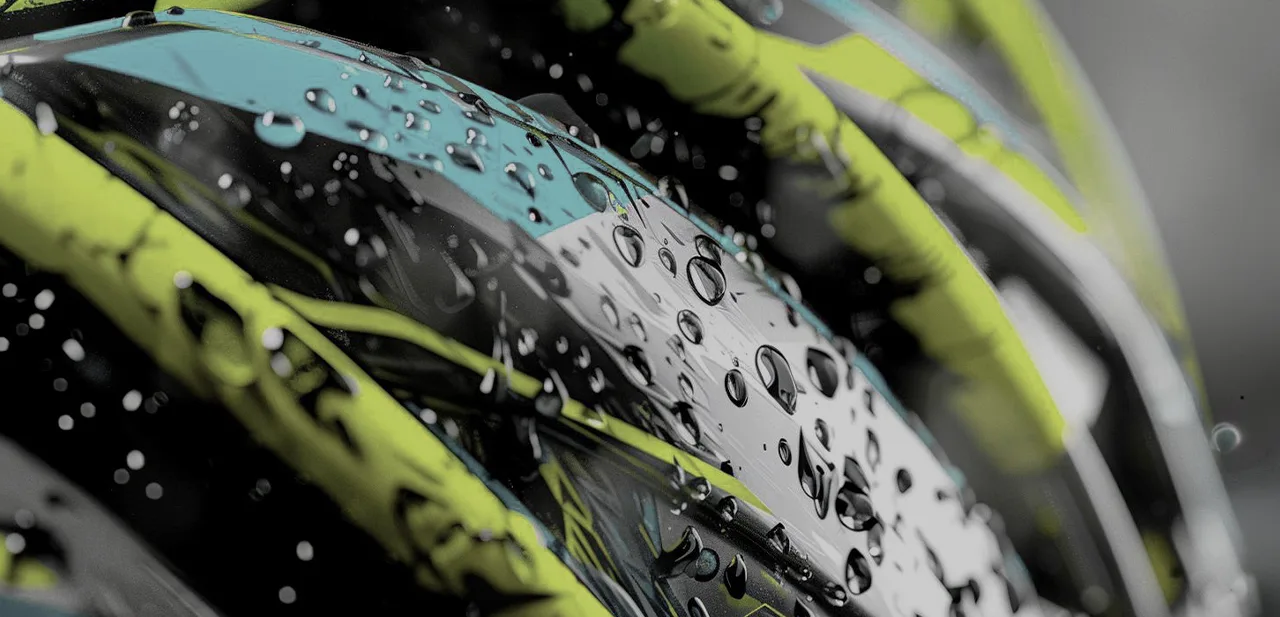
A beginner’s guide to CPM, CPC and CPA campaign options
CPM, CPC, CPA…on and on, and so on. If ad tech is anything, it is an alphabet soup of epic proportions. The concepts behind the campaign acronyms are simple, but integrating them into your ad strategy isn’t.
However, to succeed in maximizing the return on investment of your ad spend, you must know how to use these campaign options in an integrated fashion. After all, each has its strengths and weaknesses.
The acronyms represent a common language of exchange for you and the publisher/s displaying your campaigns. Collectively known as payout options, they determine when you pay the publisher.
The first and oldest payout option is CPM, also known as Cost Per Mille. What is Mille? It is Latin for 1,000; therefore, you pay per 1,000 impressions.
Its primary drawback? That it is impression-based.
It is all but impossible to attribute performance to a specific campaign; even the most sophisticated attribution models are educated guesses. That said, it is the least expensive option because of its imprecision. Advertisers often use CPM campaigns to increase and maintain brand awareness.
What if you want more actionable campaigns?
The CPC, or Cost Per Click, option is the first iteration of what are known as performance-based models. Performance models provide advertisers with greater budget oversight and attribution.
With CPC campaigns, advertisers pay for a click and even attribute a conversion to said click. The issue? You can’t control for multiple clicks from the same user and attribution is difficult if the conversion doesn’t immediately follow a click.
Enter the CPA payout models, or Cost Per Action, of which there are many. Whether it be registration, installation, sale or other action, advertisers do not pay unless a user performs the action.
These payout options result in a more equal exchange between publisher and advertiser because the publisher must be more strategic when placing the ad space. Otherwise, he or she will waste an impression.
With CPM, publishers can place ad space below the fold and therefore only visible through scrolling: the publisher can potentially get paid for an impression that was technically served, but never seen.
While the standard is moving toward in-screen CPMs, the most surefire way to ensure that you’re getting what you expect is to opt for CPA payout options. The same goes for accidental clicks from CPC campaigns.
CPA campaigns are protected because a user not only has to click an ad, but perform a specific action. Consequently, it is to the publisher’s benefit to provide visible ad space to qualified traffic.
But it isn’t without its drawbacks and CPA campaigns should be used in concert with the other: they run the risk of not providing the same level of traffic as the others due to the level of commitment they require from the publisher.
The payout types you use and when you use them will depend on a number of factors: not the least is the part of your funnel you’re targeting. However complex your conversion path, the aim is the same; take multiple leads in and convert as many as you can:

Spread the word, but precisely: start with CPM
For the top funnel, the most cost efficient payout option is CPM. Think of CPM campaigns as windshield campaigns; you pay a kid to run stick flyers underneath the windshield wipers of cars.
But, CPM campaigns are better because digital ad serving platforms allow you to tell the kid which vehicle to target. Just bear in mind that the more specific you are, the less traffic you will have.
Instead of targeting 2015 BMWs parked in a specific lot, target late model luxury vehicles parked in store lots within a specified area. Remember: it’s not just about payout type, but how you target.
Test and optimize your sales path: use CPC
Once you’re happy with your brand awareness and able to correlate a rise in website visits with your CPM campaigns, it’s time to address the middle of the funnel by implementing CPC campaigns.
These campaigns are great for deepening user engagement because you are only paying for clicks, the implication being that users who click are curious and interested in what you are offering.
Tip: effectively structure your click path and you will reap the most from CPC campaigns. Specifically, your ad should redirect to a landing page that either converts or sends them elsewhere.
Track each stage and identify where bottlenecks are within your path to purchase: CPC campaigns are not only a good way to target for conversions, they’re also a good way to test your campaigns.
Pay for your outcome: use CPA campaigns
Once tested and optimized, use CPA campaigns to target the bottom funnel because you are asking users to perform a specific action: they must be ready to convert or you just wasted everyone’s time.
Remember: you can use multiple CPA options to drive specific outcomes. For example, if you provide a service that has a longer path to purchase, you might not want to ask for the sale immediately.
Instead, start with a registration, such as for a newsletter registration. Don’t get caught up with making an immediate sale, today’s buyers will likely make many micro conversions before they convert.
The tighter the weave, the stronger your ad strategy
Plotting your funnel stages and tying your payout options accordingly will give you the greatest budget efficiency and effect. The above is merely an example of how to arrange your payout options.
Real funnels are more dynamic and never straight forward. Therefore, you may combine payout options at specific funnel stages or substitute one for another. The only way to know what works best is to test.
Nonetheless, you need to weave all payout options into your ad strategy and weave them tightly. Follow the ABCs and you will lead your customers along the path to purchase and convert.
Share
Laura-Liisa Lilleberg
Head of Marketing, Adcash






Join the conversation
Your email address will not be published. Required fields are marked *